New Construction: LED Bulb vs. LED Fixture
fgenova
4 years ago
Featured Answer
Sort by:Oldest
Comments (31)
LH CO/FL
4 years agoworthy
4 years agolast modified: 4 years agoRelated Discussions
led grow lights vs regular leds
Comments (4)Plants can use the whole spectrum, but they use red most efficiently and they need some blue to avoid getting leggy and so on. If LED grow lights live up to their labeling, they theoretically should give the lowest possible electric bill while still providing adequate light to your plants. But that has to be weighed against the up-front cost. That's in theory. I don't have the practical experience to say much. A 20W incandescent doesn't use much electricity, but it also doesn't put out much light. A 13W CFL from the dollar store would give more, and it's so cheap it would probably pay for itself before it burns out, even off that dinky 7W savings. A 5W LED should give more light than the incandescent, at least. But even with LED efficiency, 5W isn't much....See MoreLed lighting plan for new construction
Comments (3)If you are open to using indirect lighting, you could employ cove lighting and reduce the number of recessed cans. Advantages of cove lighting 1. No glare at all. 2. Minimal bright or dark areas. 3. No holes in the ceiling. Disadvantages 1. More light required since the light is bounced off the ceiling. 2. More planning due to 1. and possible changes to architectural details to hide the light sources. 3. May not be everyone's choice....See MoreIntegrated LED Pendants vs Traditional Pendants with LED bulbs
Comments (3)This is good to know and exactly what we did. We returned our integrated LED sconces (since they were traditionally styled) and went with sconces that would accommodate LED bulbs. I just didn't want to risk having to change out an entire fixture, because the light goes dead. We've used LED bulbs for some time now and despite the promises that they last 5 years and longer, we've definitely had to change some bulbs out as soon as a year. So just not worth the risk for me right now. I'm thinking in the near future things will be more perfected and integrated LED will be more the norm. But I'll wait for that to happen before I go with it....See MoreLighting: MR16 LED vs. GU10 LED
Comments (0)My home as a couple of legacy MR16 fixtures in the kitchen. Is there any advantage to replacing the fixtures to accommodate GU10 bulbs over just installing new MR16 LED bulbs?...See MoreJeffrey R. Grenz, General Contractor
4 years agofunctionthenlook
4 years agomissenigma
4 years agofgenova
4 years agotatts
4 years agolast modified: 4 years agomissenigma
4 years agosuedonim75
4 years agomissenigma
4 years agorrah
4 years agoUser
4 years agolast modified: 4 years agofgenova
4 years agoJennifer Hogan
4 years agoscottie mom
4 years agoPatricia Colwell Consulting
4 years agofgenova
4 years agoUser
4 years agofgenova
4 years agoUser
4 years agolast modified: 4 years agoUser
4 years agolast modified: 4 years agoBeverlyFLADeziner
4 years agolast modified: 4 years agoUser
4 years agolast modified: 4 years agoUser
4 years agolast modified: 4 years agoUser
4 years agolast modified: 4 years agoMrs. S
4 years agoDavid Cary
4 years agolast modified: 4 years agocountrylark
3 years agoToday Hour
3 years agoTom Shirley
2 years agolast modified: 2 years ago
Related Stories
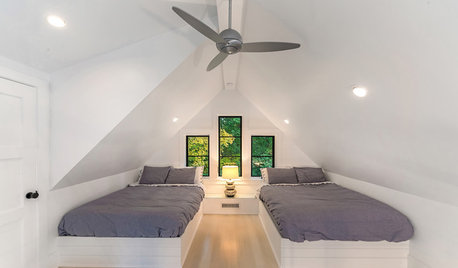
LIGHTINGA Lighting Pro’s 5 Tips for Buying LED Bulbs
Make a smarter choice and improve the look of your home after dark with these guidelines from a lighting designer
Full Story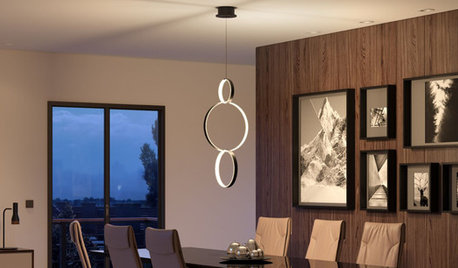
SHOP HOUZZLED Lighting With Free Shipping
Switch up your lighting with energy-smart fixtures
Full Story0
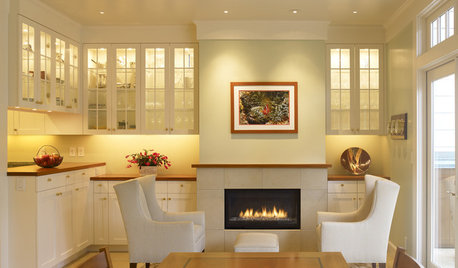
LIGHTINGHow to Choose the Right Color Temperature of LED Lightbulb
Should you get warm or cool bulbs? To find out, answer these 5 simple questions about how you live and work at home
Full Story
LIGHTINGThe Lowdown on High-Efficiency LED Lighting
Learn about LED tapes, ropes, pucks and more to create a flexible and energy-efficient lighting design that looks great
Full Story
LIGHTINGWhat to Know About Switching to LED Lightbulbs
If you’ve been thinking about changing over to LEDs but aren't sure how to do it and which to buy, this story is for you
Full Story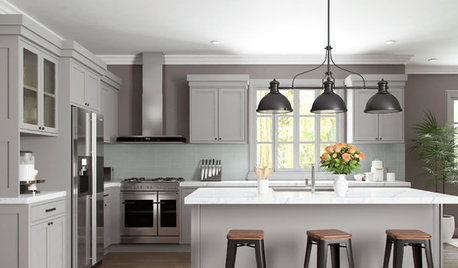
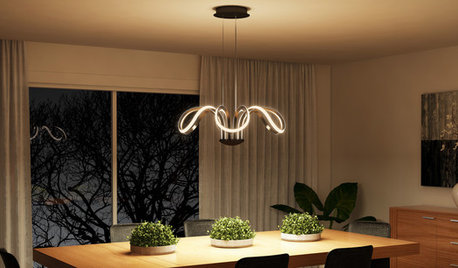
SHOP HOUZZBestselling LED Ceiling Lights
Popular chandeliers, pendants and flush mounts for a smarter home
Full Story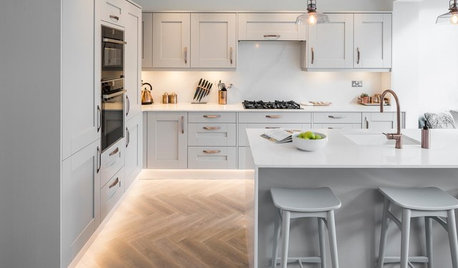
LIGHTING3 Ways LED Lights Are Better Than Ever
See how improved technology has made LED lightbulbs smaller, brighter and more colorful
Full Story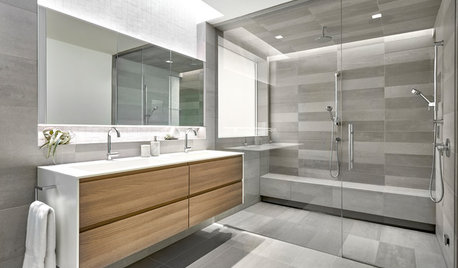
LIGHTING15 Great Design-Minded Uses for LED Lighting
See how this energy-efficient light source can jazz up vanities, countertops, cabinets and more
Full Story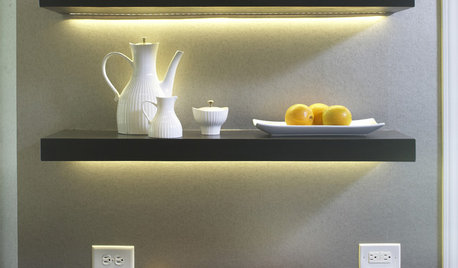
KITCHEN DESIGN12 Ways to Light Your Kitchen With LEDs
See how to use new energy-saving lights to illuminate your kitchen, light a countertop and add style, too
Full Story


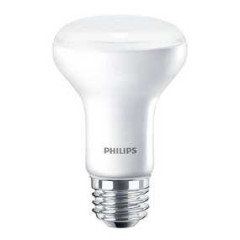
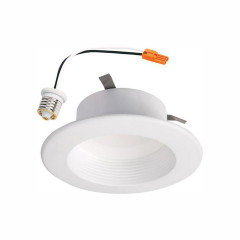

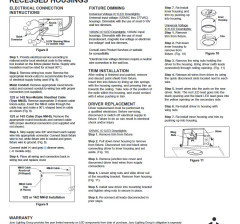
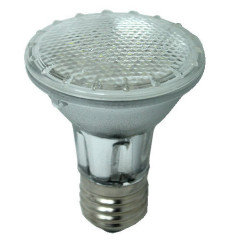
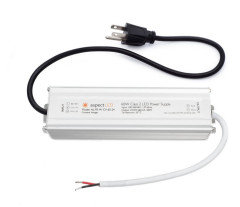

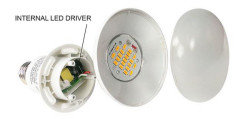




strategery